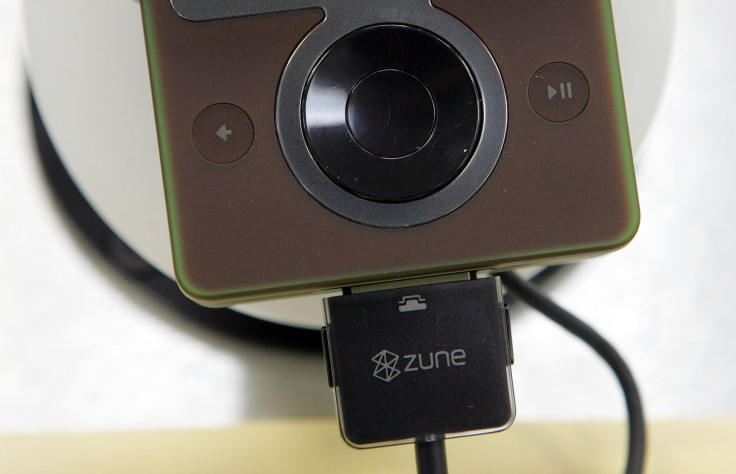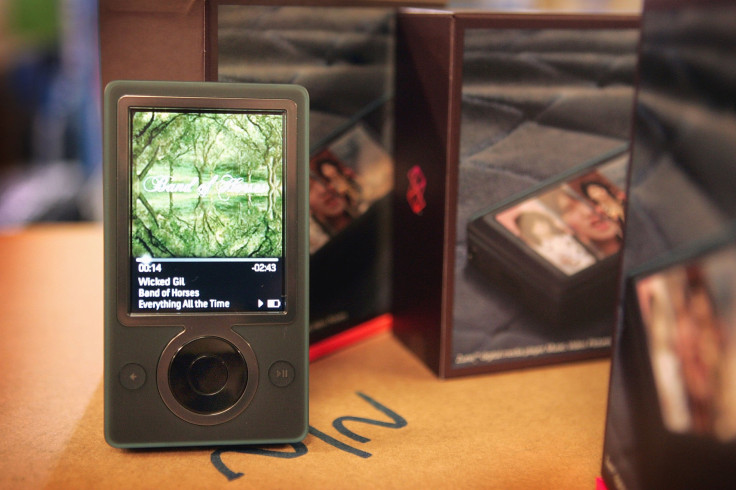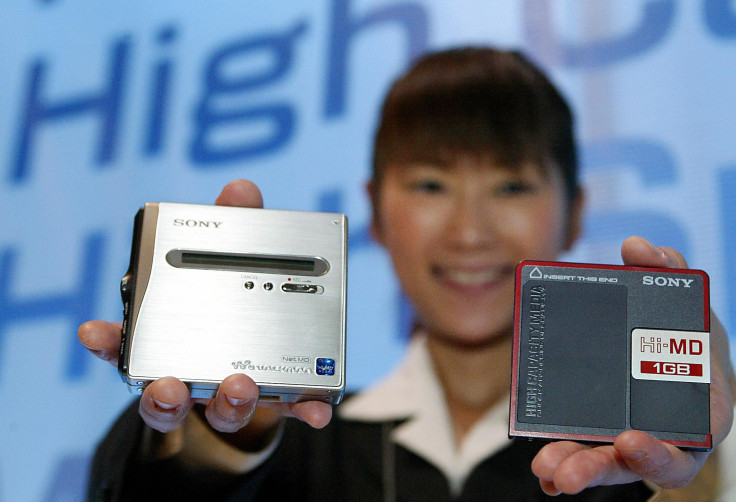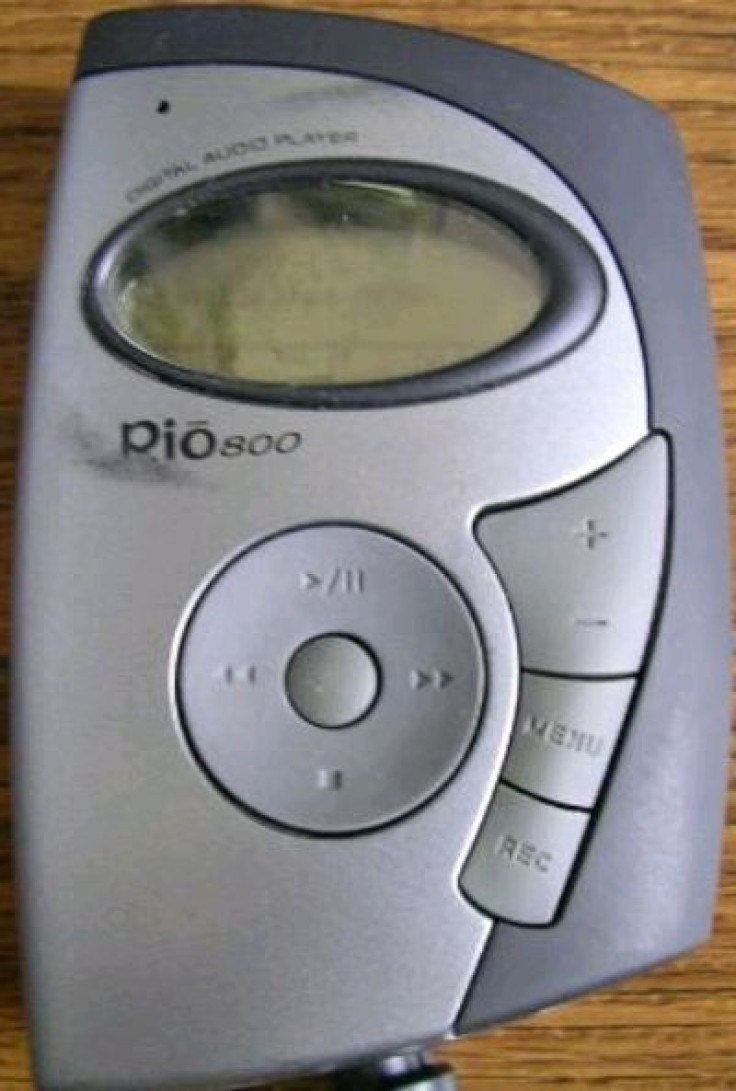My Worst Tech Decision: Zune, MiniDisc, MP3 Players And PCs On A Stick

We've all made them: tech decisions we later regret. Maybe it was the allure of being at the cutting edge that attracted you to that gadget, or maybe it was just having something others didn’t have. Or maybe you just really, really didn't want to buy that thing made by Apple.
Last week, we at International Business Times shared our Worst Tech Decisions. But this time around, we reached out to five people to share their thoughts about their biggest tech mistakes. They had plenty to say about their forays into digital media. It turns out a lot of bad tech decisions start with "wanting something different from Apple."

Microsoft Zune ($210)
“Looking back at it, I was just really stupid,” said Jake Leonen, 25, explaining why he spent $210 on a Zune back in 2006 at Costco. “It was just cool having that feeling of being part of something different from Apple.” At its core, the Zune was just one of the many MP3 players popping up at the time. But it had a feature or two that Leonen thought were cool.
“I liked the fact that another Zune user and I were able to trade songs wirelessly if we were near each other,” he said. “There would be a three play song limit to the shared song but it was a good way to sample music.” It sounded like a novel idea. But for him, its use was limited to his best friend -- the only other person he knew with a Zune.
Leonen jumped ship to the iPod a couple years later after the data and charging port on his Zune broke, trapping his collection of ripped music with it. It sat gathering dust until it was completely destroyed in his flooded basement during Hurricane Sandy.
He still looks back at his purchase with some buyer’s remorse:
“I regret it because it was failure of Windows,” he said. “It’s like having a Virtual Boy in your house: There’s a lot of hope that came with it -- but it just ended up sucking.”

MiniDisc Player ($150)
Around the year 2000, Leor Giladi went to Walmart and spent about $150 of the money he received from his Bar Mitzvah on a MiniDisc player. “Honestly, my reason for buying it was it was shiny and I didn’t know much about MP3s at the time,” he said. The format emerged in the 1990s as an alternative to cassettes and CDs but didn’t quite take off. Giladi soon found out part of the reason why.
“What I recognized after buying it was how obnoxious the technology was,” he said. “If I wanted to record my music to a MiniDisc, I had to do it at one-to-one speed. So basically I’d plug it in to my computer and play whatever music I wanted while it was recorded onto the MiniDisc. It was very much like a tape deck.”
That wasn’t the end of it. After he was done, he would have to pop on some headphones and listen to the disc again to mark off the end of each song, so he could skip to different tracks. He briefly considered an MP3 player when he was initially shopping for a music player, but at the time they held only 40 or so songs.
Giladi chose the MiniDisc because you could have as many songs as you wanted by swapping out discs. But that benefit was far outweighed by its inconveniences and he sold it a year and a half later, replacing it with a Creative Zen MP3 player.

Creative Zen Sleek Photo ($288)
For Kimberly Lizardo, a phobia of Mac-based products is what steered her to the $288 Creative Zen Sleek MP3 player, a hard-drive-based MP3 player that could also display photos with its color display in 2005. “Everyone thought I was the oddball for not jumping on the iPod bandwagon,” she said.
It served her well for a time. But she found it was difficult for her to find any accessories for her MP3 player. And Apple's iPod just kept improving in the meantime. “All of a sudden, iPods blew Zens out of the water with their new designs and capabilities.”
She eventually put it to the side when her boyfriend at the time bought her an iPod Nano as a gift. She still has the Creative Zen. But when she attempted to break it out on a road trip to listen to her old collection of music, she was reminded why she didn't use it any more -- it wasn't compatible with her car at all.

Diamond Rio 600 ($99)
As MP3 players started to emerge on the market, John Pena, 28, was eager to purchase one of his own. So around 2003 or 2004, he picked up a Rio Diamond for $99 at Walmart. It only had 32MB of space and you could fit about 10 songs on its hard drive before it was filled up.
“I regretted buying that almost immediately,” he said. “You had to use a slow USB cable and the software that came with it was clunky. I bought it around the time of the second generation iPod, when small MP3 players were up against the ones that held gigabytes of storage.”
It didn’t last too long for Pena. He wound up attempting to sell it on eBay, albeit unsuccessfully. But he eventually replaced it with an iPod when his sister bought her first Mac laptop. Back then, Apple offered iPods with its laptops as part of its back to school promotion and hers came with one, so she gave it to him. “She wasn’t interested in it, but I was,” he said.
MeeGoPad ($140)
The premise of having a PC on a stick is what compelled Silva Gonzales to spend $140 in July on a MeeGoPad -- a little dongle that can run Windows. It cost him more than three times the cost of his Google ChromeCast, which he was hoping to replace with this new gadget. and took a couple weeks for it to ship to his home. “As I was waiting for it, I was bragging to friends about how cool it was going to be that I’ll have Windows on my TV,” Gonzales said.
But when he received it, it didn’t work out of the box. He spent a couple nights troubleshooting it and eventually got it to work by plugging it into a wall outlet. It began to boot, though it took a few tries to get it to work without crashing.
By then Gonzales realized how big of a mistake his purchase was. “The system lags too much to even navigate Windows,” he said. “It’s not even worth trying to launch an app or browser and [video] frames freeze and skip all the time. It’s just unusable.”
Not to mention that it has a tendency to overheat and shut off. After a week of toying with it, Gonzales moved his laptop from his desk to his living room to watch movies and TV shows. “Maybe I hopped on the PC stick revolution a few generations too soon,” he said.
What was your worst tech decision? Let us know in the comments below or on Twitter and Facebook.
© Copyright IBTimes 2024. All rights reserved.












